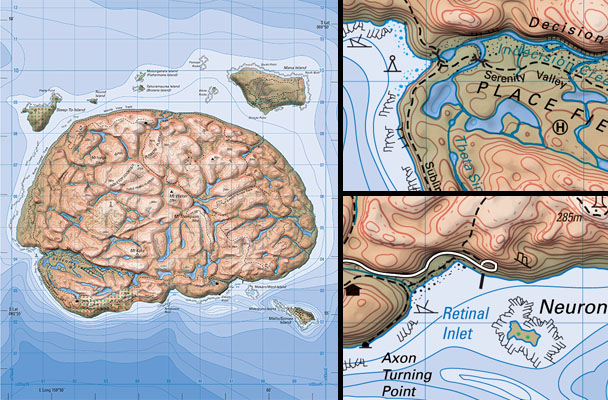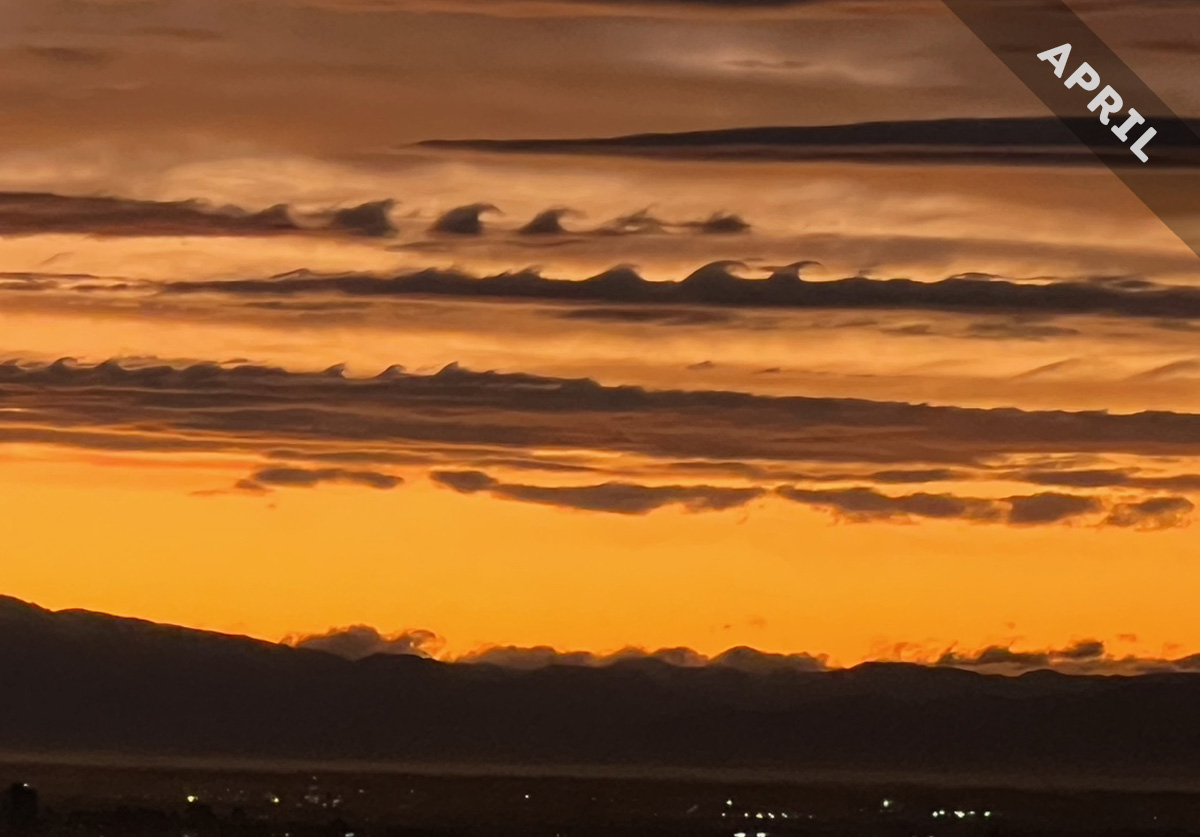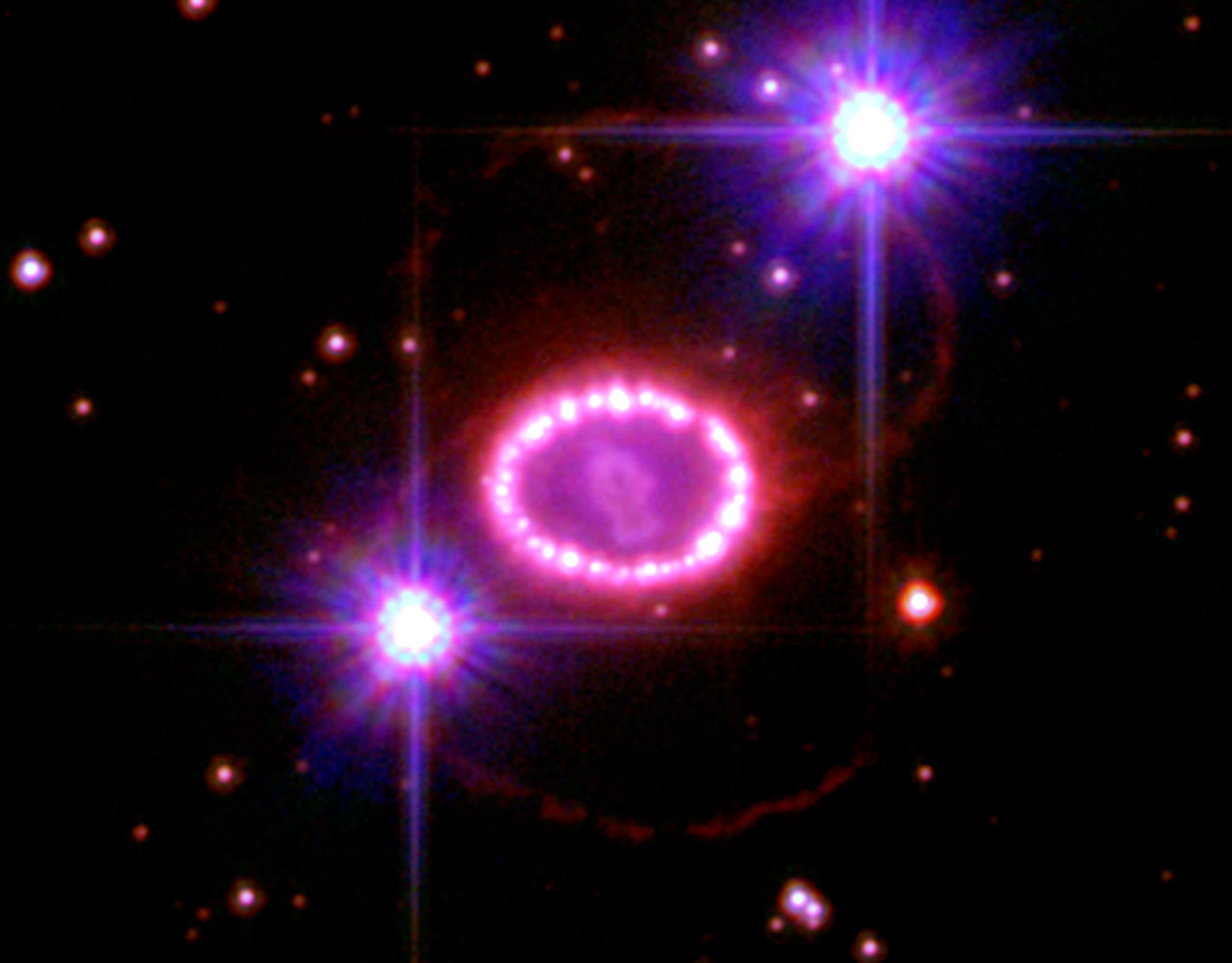Chissà perché qui quasi nessuno parla mai della teoria del picco di Hubbert.
Si tratta di una teoria scientifica, proposta, nella sua formulazione iniziale, nel 1956 dal geofisico americano Marion King Hubbert, riguardante l’evoluzione temporale della produzione di una qualsiasi risorsa minerale o fonte fossile esauribile o fisicamente limitata. In particolare, l’applicazione della teoria ai tassi di produzione petrolifera, risulta oggi densa di importanti conseguenze dal punto di vista geopolitico, economico e ingegneristico.
La teoria permette di prevedere, a partire dai dati relativi alla “storia” estrattiva di un giacimento minerario, la data di produzione massima della risorsa estratta nel giacimento, così come per un insieme di giacimenti o una intera regione.
In particolare, la storia di produzione della risorsa nel tempo segue una particolare curva a campana, detta appunto curva di Hubbert, che presenta in una fase iniziale una lenta crescita della produzione, che man mano aumenta fino ad un punto di flesso e quindi al picco per poi cominciare un declino dapprima lento, e quindi sempre più rapido.
Hubbert basò inizialmente la sua teoria sull’osservazione dei dati storici della produzione di carbone in Pennsylvania, giungendo solo in seguito ad una trattazione matematica generalizzata applicabile anche ad altri casi.
Estrapolando la sua teoria al futuro della produzione di petrolio degli stati continentali americani, Hubbert fece la previsione (nel 1956) che agli inizi degli anni ’70, gli USA avrebbero raggiunto il loro “picco di produzione” petrolifera.
Le conclusioni di Hubbert furono inizialmente trattate con “sufficienza” dagli ambienti scientifici ed economici, situazione che cambiò radicalmente nei primi anni 70, quando, effettivamente, i 48 stati continentali USA raggiunsero il loro picco di produzione. La concomitanza di questi eventi con le crisi petrolifere del 1973 e del 1979 fece di Hubbert forse il geofisico più famoso del mondo.
Negli ultimi anni diversi studiosi in tutto il mondo (tra cui Colin Campbell, Jean Laherrère ed altri) hanno ripreso le sue teorie riuscendo, in primo luogo ad estendere l’analisi a tutti gli stati americani, ed in seguito cercando di estrapolare e formalizzare meglio i suoi risultati al fine di prevedere il picco di Hubbert della produzione mondiale di petrolio e gas naturale.
Sebbene tali analisi risultino molto più complicate a causa della grande incertezza sulle riserve petrolifere di molti stati (in particolare mediorientali), la maggior parte delle analisi fa cadere il “picco di Hubbert mondiale” all’incirca nel secondo decennio del XXI secolo o, più precisamente, tra il 2006 e, al più tardi, il 2020, anche in previsioni di eventuali crisi economiche che potrebbero temporaneamente ridurre la richiesta di petrolio.
Altri studi collegati, che tengono in conto anche lo sviluppo di fonti petrolifere “non convenzionali”, quali le sabbie bituminose, gli scisti bituminosi, e i gas liquefatti (detti anche NGL) non giungono comunque a ‘spostare’ di molto in avanti queste date.
[da wikipedia]
Ne consegue che, se Hubbert ha ragione, tra 15/20 anni si dovrebbero cominciare a sperimentare gli effetti di una produzione petrolifera in discesa a picco, avviata verso la fine. E non sarà un bel vedere…
UPDATE
Sincronicità junghiana.
Proprio adesso arriva da Nicola questo link al report di Luglio della IEA, International Energy Agency.






 Spero che abbiate un font greco altrimenti non vedrete mai tutto il titolo.
Spero che abbiate un font greco altrimenti non vedrete mai tutto il titolo.